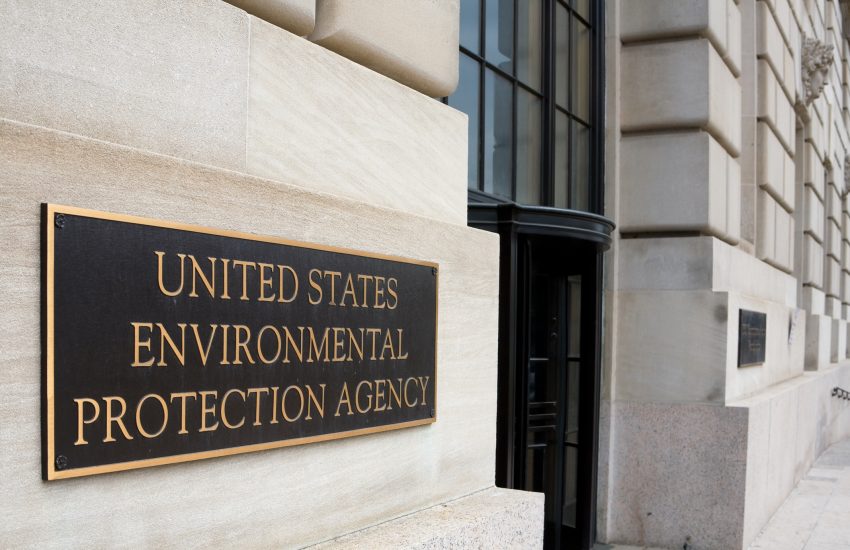The U.S. Supreme Court on Tuesday, in San Francisco v. EPA, held in a 5-4 decision that the EPA cannot enforce requirements in wastewater permits that “do not spell out what a permittee must do or refrain from doing.”
San Francisco’s Oceanside plant, which has a combined sewage treatment plant and stormwater control system, discharges treated sewage and stormwater into the Pacific Ocean through eight pipes. Because one of the pipes discharges into federal waters, this facility is required to obtain a National Pollution Discharge Elimination System (NPDES) permit.
San Francisco argued that certain general standards in the NPDES permit did not contain specific language for how it was to comply. In particular, it required that “[d]ischarge shall not cause or contribute to a violation of any applicable water quality standard” and that “[n]either the treatment nor the discharge of pollutants shall create pollution, contamination, or nuisance” as defined under California law.
Although San Francisco conceded narrative provisions in NPDES permits are commonly used and permissible under the law, it argued it is not lawful to punish permit holders for things outside of their control, such as the end-result water quality of a shared body of water, where many other factors affect water quality. For example, a permittee could take all actions required under its NPDES permit to prevent water pollution, however, the waterbody for which it is discharging could still exceed allowable standards, in part, because of other sources of pollution. Under this scenario, a permittee would still be subject to civil penalties.
The court, siding with San Francisco, held that “[d]etermining what steps a permittee must take to ensure that water quality standards are met is the EPA’s responsibility, and Congress has given it the tools needed to make that determination.” Thus, the EPA is ultimately responsible for setting limits on the quantities of the various pollutants that San Francisco is allowed to discharge.
The dissent argued, in part, that “[w]hen the technology based effluent limitations are insufficient to ensure that the water quality standards are met, EPA has supplemental authority to impose further limitations.”
Proponents of the decision argue the court’s holding should not have an adverse effect on water quality and that regulators are still permitted to impose nonnumeric requirements, such as prohibitions on polluting at a certain time or under certain weather conditions like rain or high heat. On the other hand, opponents of the court’s decision argue it could make it harder for regulators to hold entities accountable for harming water quality.
While the practical implications of the court’s decision remains to be seen, it is likely that in the future regulators will need to be more specific in the terms and conditions they include in wastewater permits.

